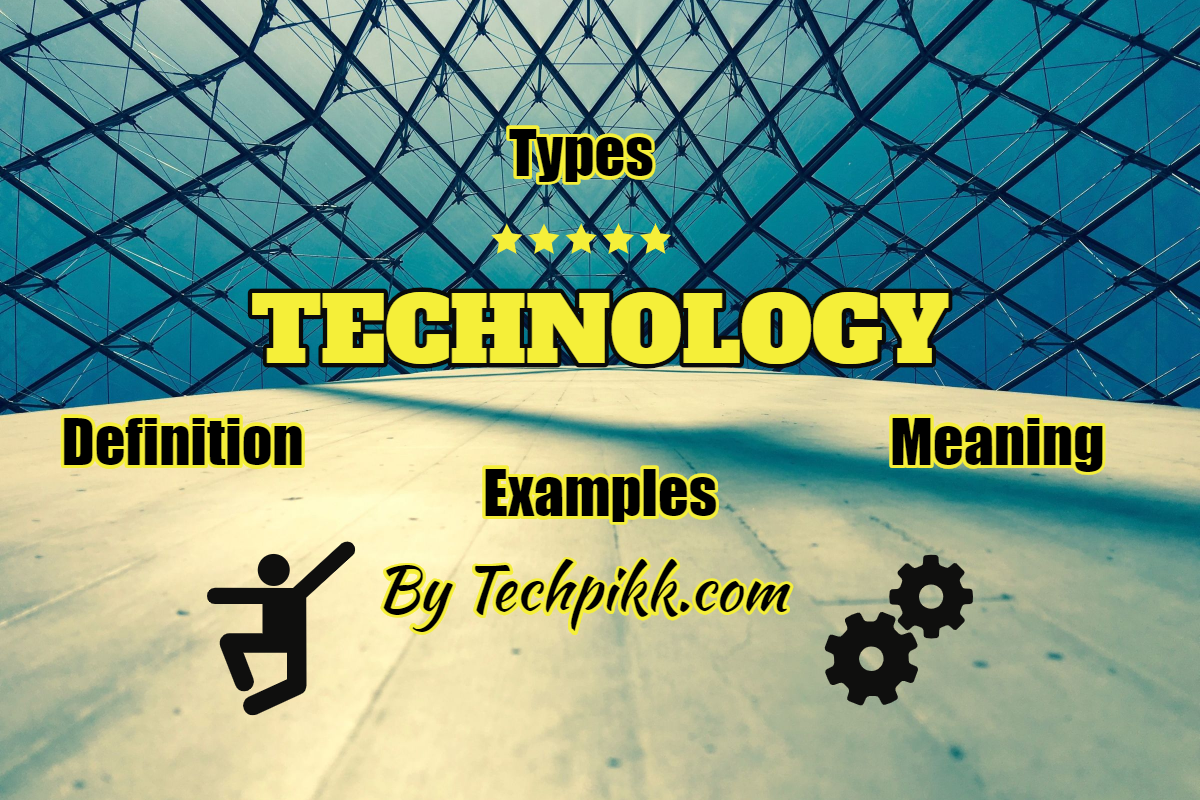What are 5 benefits of wearable technology?
Advantages of wearable technology The report states that three sectors have the advantage of wearable technology: healthcare providers, healthcare providers, and patients. As we mentioned earlier, wearable technologies are on the market, but with the potential for the popular Fitbit, they are still not standard healthcare devices.
What is the impact of Wearable technology in the healthcare industry?
Contents
- 1 What is the impact of Wearable technology in the healthcare industry?
- 2 What is the earliest known wearable technology?
- 3 What is wearable technology and give 2 examples?
- 4 Is India a market or producer for wearable technology?
Wearable devices have proven to be useful in helping patients and physicians create a care plan and monitor results. To see also : What are the Top 5 wearable technologies today?. Wearable devices are also useful for providing real-time data and enhancing self-management in extreme situations.
What are the health benefits of wearing it? Advantages of Wearable Technology for Healthcare Reducing care costs – providing remote health care services and appropriate diagnostics and treatment plans has the potential to significantly reduce costs associated with the traditional healthcare system.
Does Wearable technology improve health?
According to a study conducted in the United States, these devices can be worn by 89 percent in the number of patients suffering from cardiovascular disease. On the same subject : Wearable technology. These data show that wearable technologies improve patient outcomes and reduce the workload of healthcare professionals.
What are 5 benefits of Wearable technology?
Start to see these 5 positive changes in Wearables
- Increased productivity. Wearables have different characteristics and produce an increase of% 15%. …
- Enhanced speed. Every second counts on the work flow. …
- High Performance Accuracy. …
- Good Wireless Reading. …
- Increased Staff Awareness.
How does wearable tech improve lives?
Wearable technology saves lives Specific types of wearable Remote Patient Monitoring devices even warn caregivers when a person falls. This device allows patients to maintain independence, prevent problems, and reduce personal costs.
What is the future of Wearable technology in healthcare?
The use of lockable devices for everyday needs is becoming a global phenomenon. Read also : What is next in wearable technology?. According to Statista, the number of garments has doubled from 325 million to 722 million in three years between 2016 and 2019 and is expected to reach more than 1 billion by 2022.
What is the future of wearable technology?
Future wear can be very subtle by adding a thin film inside your favorite jewelry to measure biometric data, activity levels and even notify you when typing on a very long keyboard. Personalized From the wedding ring to Invisalign, body wraps 24-7 are a personal item.
How wearable technologies will impact the future of health care?
Closed-loop technology allows doctors to detect major medical events and detect diseases in their early stages. This means they can give their patients the necessary treatment on time which could ultimately extend their life and ultimately save their patients’ lives.
What are 5 benefits of Wearable technology?
Start to see these 5 positive changes in Wearables
- Increased productivity. Wearables have different characteristics and produce an increase of% 15%. …
- Enhanced speed. Every second counts on the work flow. …
- High Performance Accuracy. …
- Good Wireless Reading. …
- Increased Staff Awareness.
What are the benefits of wearable technology?
The lockable technology gives us the ability to track our body level, track our GPS location, and view text messages instantly. Best of all, most of the devices that allow us to do this are hands-free, which eliminates the need for us to take our equipment out of our pockets.
What is the earliest known wearable technology?
The first technology to wear glasses dates back to the 13th century, when eyeglasses were invented by Salvino D’Armati, an Italian from Florence.
What technology can be worn? The origins of wearable technology date back to the 13th century when the eyeglasses were first invented. In the 15th century, there were seasonal periods — some of which were small enough to close — but it was not until the 1960s that modern closed technology emerged.
Which was the first stage wearable technology that was introduced in 1980?
The Walkman, launched in 1979, became our musical instrument of the 1980s. With the advent of music and wearable technology, Walkman was very popular and sold over 200 million units.
What are the Top 5 wearable technologies today?
You can pre-order most of the devices mentioned on this Amazon listing.
- The difference is that one of the most useful and useful smart devices that you can get next year is the smart ring. …
- Smart glasses. …
- Nice Clothing. …
- Good Ear Phones. …
- Health Clothes …
- Nice hats …
- Biosensors
What is the most common wearable technology?
The most successful devices on the market right now are smartwatchs and health and fitness monitors, with newcomers taking over the most powerful part.
What is the most common wearable technology?
The most successful devices on the market right now are smartwatchs and health and fitness monitors, with newcomers taking over the most powerful part.
What are the Top 5 wearable technologies today?
You can pre-order most of the devices mentioned on this Amazon listing.
- The difference is that one of the most useful and useful smart devices that you can get next year is the smart ring. …
- Smart glasses. …
- Nice Clothing. …
- Good Ear Phones. …
- Health Clothes …
- Nice hats …
- Biosensors
What technology is used in wearable devices?
Wearing a device is an electronic technology or device that incorporates an object that can be comfortably attached to the body. These portable devices are used to monitor real-time information. They have motion sensors that take pictures of your daily activities and attach them to mobile devices or laptops.
When did wearable devices come out?
If we want to get all the crap out of it, wearables were actually first created in the 13th century when eyeglasses were discovered. 300 years later we got the first clocks that led to the introduction of the watch.
When did wearable devices start?
The first computer to be shut down was invented by professor of mathematics Edward Thorp in the 1960s. Over the next two decades, several devices have become popular and updated with lockable technology. The first is the wristwatch watch produced by the most amazing and famous â € “Casio.
Is wearable technology a trend?
Wearable technology is an emerging trend that incorporates electronic devices into everyday life-changing lifestyle and can be worn on any part of the body.
What is wearable technology and give 2 examples?
The wearable technology comes under a wide range of uses, including smart watches, fitness trackers like Fitbit Charge, VR headsets, smart gold, smart network lenses and Bluetooth speakers. Clothes work differently, depending on the category they belong to, such as health, exercise or recreation.
What are the top 5 technologies today? You can pre-order most of the devices mentioned on this Amazon listing.
- The difference is that one of the most useful and useful smart devices that you can get next year is the smart ring. …
- Smart glasses. …
- Nice Clothing. …
- Good Ear Phones. …
- Health Clothes …
- Nice hats …
- Biosensors
What is meant by wearable technology?
Wearable technology, also known as “wearables,” is a set of electronic devices that can be worn as a device, embedded in clothing, embedded in a user’s body, or even skinned.
What are 2 examples of wearable devices?
The Apple Watch and Fitbit are ancient examples of wearable technology, but these are not the only devices released today. In addition to smart watches, VR and AR technology, smart jackets and a variety of other devices are leading us to an integrated lifestyle.
What is meant by wearable technologies give examples?
Typical examples of wearable technology include: Modern jewelry, such as rings, wrists, watches and pins. Small devices typically work in the context of a modern app for presentation and interaction. Body-mounted sensors that monitor and transmit biological data for healthcare purposes.
Is India a market or producer for wearable technology?
India’s consumer market grew by about 170.3 per cent year-on-year compared to the first quarter of 2021 (January to March). India has seen a shipment of 11.4 million units, according to international data company IDC. The first quarter of 2021 also saw an increase in the watches and earwear sector.
How big is the market for 2020? General information. The size of the global closed-loop technology market is estimated at USD 40.65 billion by 2020 and is expected to expand at a combined annual growth rate (CAGR) of 13.8% from 2021 to 2028.
How many smart watches sold India?
Overall shipments of smartwatches in the country increased by more than 9.6 million units per year. The International Data Corporation (IDC) reported that the Indian watch market for smart watches as well as integrated watches increased by 364.1 per cent YoY in 2021 to 12.2 million units, up from 2.63 million units by 2020.
How many smartwatches sold 2020?
The global smartwatch market is estimated at 68.59 million units by 2020, and is expected to reach 230.30 million units by 2026, with a CAGR of 21.98% during the forecast period (2021-2026).
How many are smartwatch users in India?
The International Data Corporation (IDC) reported that the Indian watch market for smart watches as well as integrated watches increased by 364.1 per cent YoY in 2021 to 12.2 million units, up from 2.63 million units by 2020.
Which is the best wearable brand in India?
Colorfit Pro 2, Pro 3, and Pulse accounted for 60.4% of the branded file share. Imagine BoAt finished second year with 25.1% market share.
Sources :




Comments are closed.